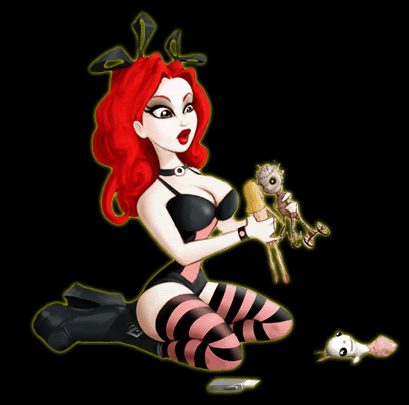 Title: The Woman and the Ape
Title: The Woman and the Ape
Author: Peter Høeg
Translated by: Barbara Haveland
ISBN # 1860463681
Publisher: Harvill
First Published: 1996
229 pages
Format: Paperback
Rating: 5/10 Synopsis:
The Woman and the Ape is the story of a unique and unforgettable couple--Madelene and Erasmus. Madelene is the wife of Adam Burden, a distinguished behavioral scientist. Erasmus--the unlikely prince--is a 300-pound ape. Brought to the Burdens' London home after escaping from animal smugglers, Erasmus is discovered to be a highly intelligent anthropoid ape, the closest thing yet to a human being. Madelene decides to save Erasmus, and between them blossoms a profound affection as deep as any human relationship. A fable for our time, The Woman and the Ape poses searching questions about the nature of love, freedom, and humanity.
Review:
When it comes to pushing the envelope, Peter Høeg goes one step further and licks the stamp! There were parts of this book that had me feeling heartily sick – not that they were particularly graphic, it was the moral content of the scenes described (I consider myself a very open-minded person but there are certain things, for example sex with children or animals, with which I cannot agree as being “normal” or acceptable in any way).
I really wanted to like this a lot more than I actually did. It started well; beginning as a touching tale of two creatures, who seemingly couldn’t be more different, finding solace in each other’s company. But then it veered off onto some strange, sci-fi-ish direction and touched on something that made me feel, very briefly, physically sick, before running off at a tangent that was odd on an almost Planet of the Apes scale.
The story itself felt very slow to me – it was a long slog just to get to the end and it took a surprisingly long time for me to read, despite its diminutive length, but it was largely because the story wasn’t engaging me. In short, I found I was forcing myself to pick up the book but as it was so short, I kept thinking to myself, “I might as well finish – there aren’t that many pages left.”
The writing style was something wonderful to behold – warm, friendly and inviting, from start to finish, but I got the feeling that Høeg kind of got lost a little somewhere in the middle and wasn’t quite sure how to bring things back round, leaving me feeling somewhat adrift and unhappy with the way the plot was winding up.
Overall, this book left me with a slightly sour taste in my mouth. There are fairytale elements that are quite beautiful, but large sections of it were such a turn off that I couldn’t really enjoy it as much as I wanted. If I happen to come across another of Høeg’s novels by chance, I may well pick it up and give it a try, but I won’t purposely look for one, nor will I continue with it past a certain point if it fails to deliver in the manner of this one.
 Title: The Woman and the Ape
Title: The Woman and the Ape

0 Comments:
Post a Comment
<< Home